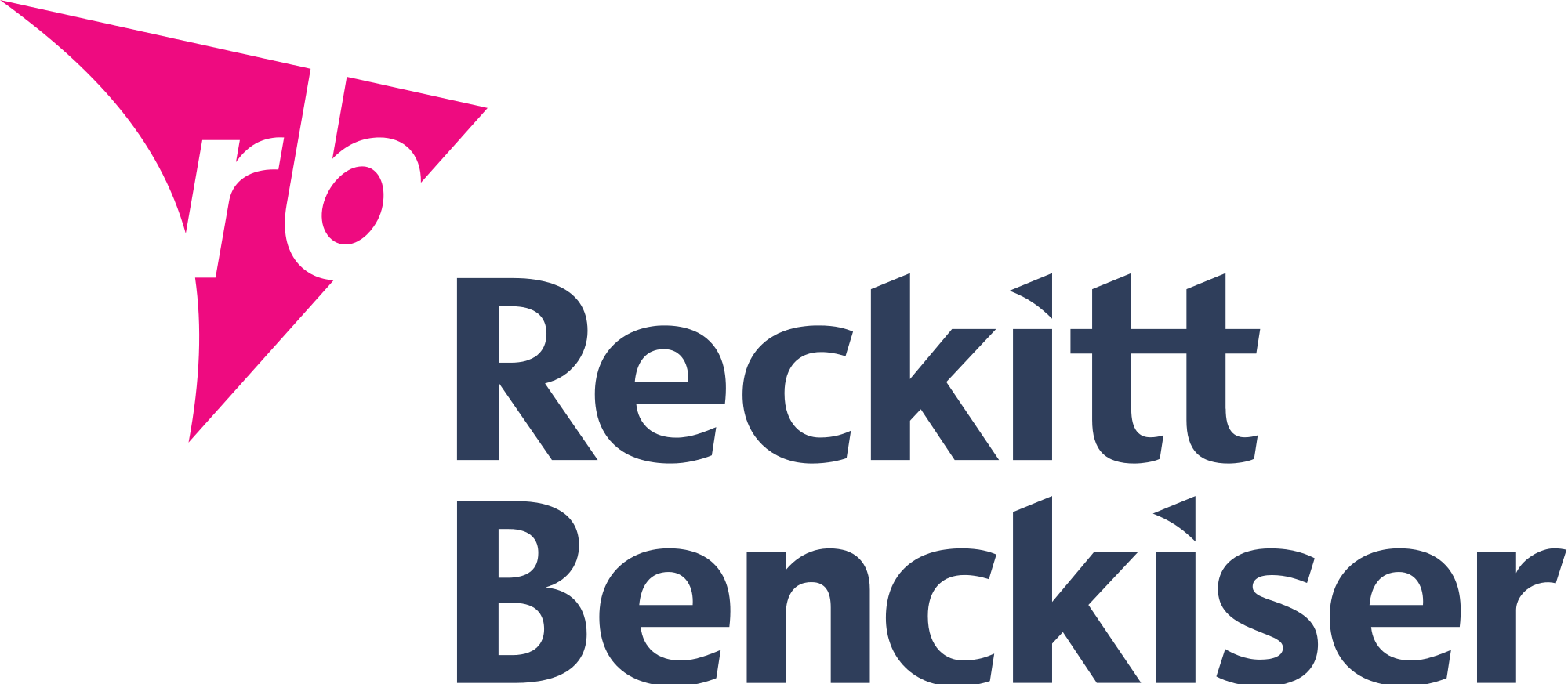Intelligent Parsing To Read Remittance Data from E-mails
Read on to find out how Artificial Intelligence and Cloud-Based Machine Learning can help you cut down costs, effort and time!
Intelligent Parsing To Read Remittance Data from E-mails
The accelerating move to electronic payments and ACH has created some curious implications for cash application teams. While on the surface it seems that electronic payments should be easier and faster to process, the new ways of providing the corresponding remittance, including via e-mail, have had a potentially negative impact. Instead of leveraging their bank relationships, cash application teams have had to find new ways to process these remittances. Let us focus on remittance provided via e-mails and ways to automate its processing.
“The irony is that e-mail is one of the most convenient forms of remittance to automate.”
Without automation, e-mail remittance would require manually reading through the e-mails and attached files and processing the payments. In many instances, teams would attempt to use the low level of automation accomplished with OCR technology. This would mean that remittances would be printed first, then scanned and processed with OCR. This is not only manual and labor-intensive but also introduces the added cost of paper. The irony is that e-mail is one of the most convenient forms of remittance to automate. The data is already provided in electronic form, removing a lot of the complexity and errors of OCR. The main hold up in automation here was that automation required customer-specific templates that needed to be developed by IT professionals. This required an IT project and would lead to delays and added costs. Cash application system vendors have deployed several different types of solutions to address the problem. Template-based solutions automate e-mail remittance and make it easy to deploy a solution by eliminating the IT bottleneck. However, this still requires work to develop and test each template. This work was taken up by the vendors, speeding up the delivery of results and realization of value. The latest technologies are also applying Artificial Intelligence (AI) and Machine Learning to automate e-mail remittance, similar to how it is applied in processing paper remittance as we learned in the previous chapter. The AI learns how to identify e-mails as containing remittance information by examining keywords and attachments. Similar to paper processing, the system can identify and extract the data fields relevant to cash application. It can do this in situations where the remittance is provided in the body of the e-mail as well as when it is in an attached file. As far as e-mail remittance is concerned, the cloud model can again serve as a multiplier by helping quickly train and teach the AI. The lessons already learned can be carried across organizations to enable quick deployment and support of new payers. This helps reduce the cost to cash application teams and enables minimum delay in go-live. ONLINE WEBINAR

Reckitt Benckiser (RB) is a consumer goods company with a vast and varied array of customers with global revenues in excess of $16 Billion. Cash Application was soon becoming a bottleneck in the ever expanding scale of operations. Learn how RB utilized the power of the Cloud and Artificial Intelligence to achieve a 98.5% on-invoice hit rate and reduce staffing costs by 65%. E-mail remittance, like other electronic methods for providing remittance, presents a great opportunity to automate. Because errors due to scan quality and paper formatting are inherently avoided, the automation rates are able to reach 100%. In fact, during implementations, some of the fastest automation is realized on customers who submit remittance via e-mail. This means that your cash application team would not need to spend any time on customers providing e-mail remittance.

